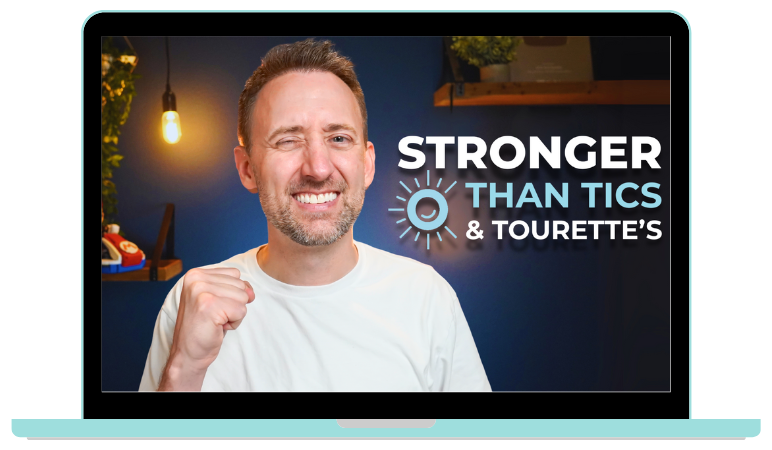Analyzing the Risks of Sensorimotor OCD
Aug 20, 2023
In the realm of obsessive-compulsive disorder (OCD), one lesser-known but highly distressing subtype is Sensorimotor OCD, where individuals are plagued by intrusive sensations rather than intrusive thoughts. This condition blurs the line between mind and body, creating unique challenges. In this blog, we delve into the intricacies of Sensorimotor OCD, analyzing the potential risks it presents and highlighting the importance of understanding and addressing them.
Understanding Sensorimotor OCD
Sensorimotor OCD, also known as Body-Focused Obsessions, revolves around unwanted and distressing sensations that individuals perceive as abnormal, excessive, or threatening. Unlike traditional OCD, where intrusive thoughts dominate, Sensorimotor OCD centres on the sensory experience of the body. These sensations can range from tingling, pulsating, or itching, to a heightened awareness of bodily functions like breathing or swallowing. The intense discomfort these sensations trigger can lead to compulsive behaviours aimed at alleviating the distress.
Analysing the Risks
- Emotional Distress and Anxiety: Just like intrusive thoughts in other forms of OCD, intrusive sensations in Sensorimotor OCD evoke significant emotional distress and anxiety. The individual becomes acutely aware of these sensations, often interpreting them as signs of a serious medical condition. This heightened emotional state can impact their overall well-being and quality of life.
- Misinterpretation and Health Anxiety: A significant risk associated with Sensorimotor OCD is the tendency to misinterpret these sensations. The individual might jump to conclusions that these sensations are indicative of severe health issues. This misinterpretation can lead to heightened health anxiety, triggering excessive medical testing and doctor visits.
- Compulsive Behaviours: Individuals with Sensorimotor OCD might develop compulsive behaviours in response to these distressing sensations. These behaviours are performed in an attempt to relieve anxiety and discomfort. For instance, someone experiencing a persistent tingling sensation in their hand might engage in repeated shaking or tapping movements to "make it go away."
- Impact on Daily Functioning: The preoccupation with intrusive sensations can interfere with daily activities, work, and social interactions. The individual might become preoccupied with trying to manage or eliminate these sensations, leaving little mental space for other tasks.
- Avoidance and Isolation: Just as people with traditional OCD may avoid certain situations or places, individuals with Sensorimotor OCD may avoid activities or environments that trigger these sensations. This avoidance can lead to social isolation, limiting their engagement with the world.
The Importance of Understanding and Addressing Risks
- Accurate Diagnosis: Recognizing the unique features of Sensorimotor OCD is crucial for accurate diagnosis. This understanding allows mental health professionals to tailor interventions specifically to address the challenges posed by intrusive sensations.
- Cognitive-Behavioural Therapy (CBT): CBT, particularly Exposure and Response Prevention (ERP), is an effective approach to treat Sensorimotor OCD. It helps individuals confront their distressing sensations and the associated anxieties without engaging in compulsive behaviours.
- Education and Normalization: Educating individuals about the nature of Sensorimotor OCD can help reduce the shame and stigma they might feel. Normalizing the experience and explaining that these sensations are a symptom of the disorder, not a reflection of their health, can be reassuring.
- Comprehensive Treatment Plans: Tailoring treatment plans that address both the sensory and emotional aspects of Sensorimotor OCD is crucial. Combining therapeutic techniques that target the distressing sensations and anxiety can help individuals regain control over their lives.
In conclusion, Sensorimotor OCD presents a unique perspective on the challenges faced by individuals with OCD. The transition from intrusive thoughts to intrusive sensations underscores the complexity of the disorder. By analysing the potential risks and employing effective treatment strategies, we can offer individuals with Sensorimotor OCD a path towards managing their distressing sensations and reclaiming their well-being.
















